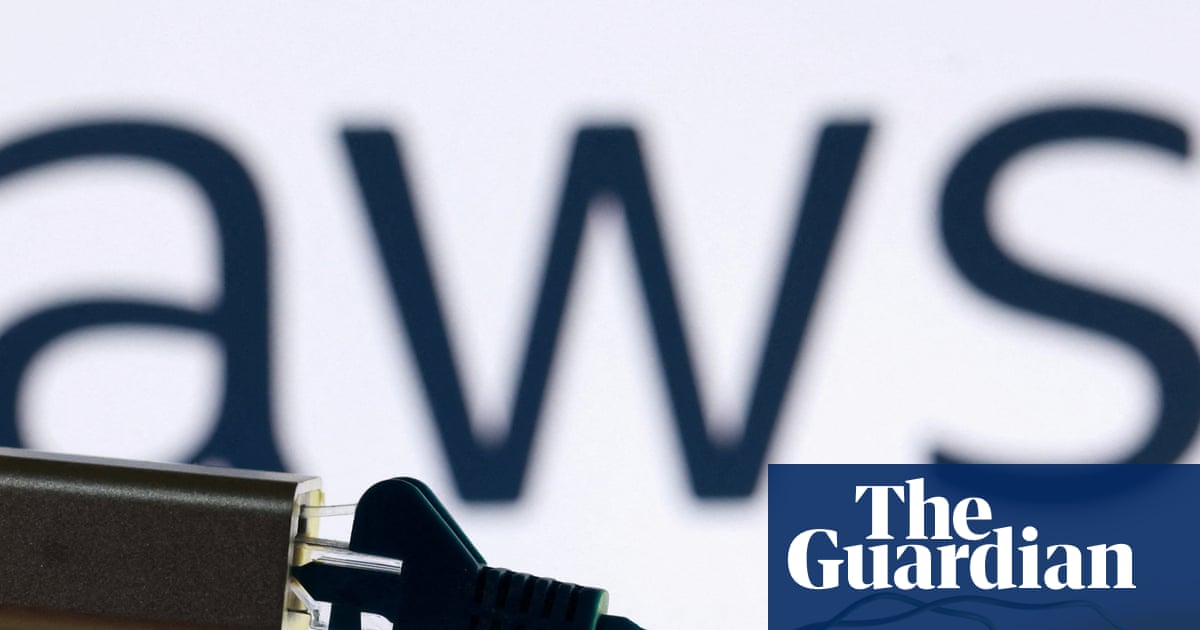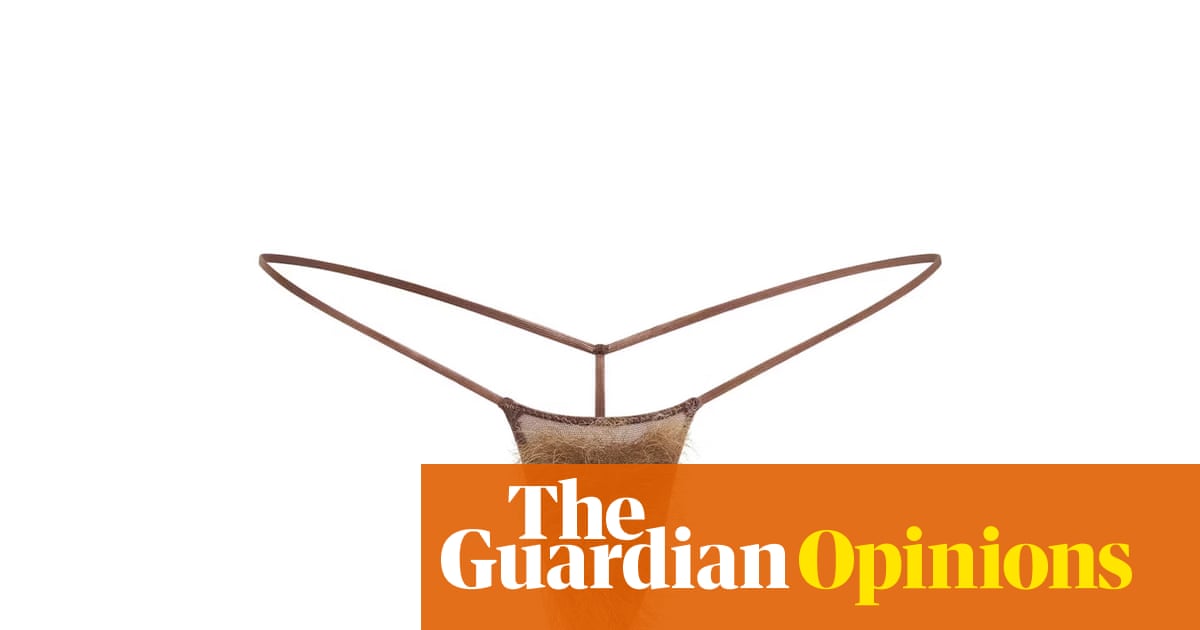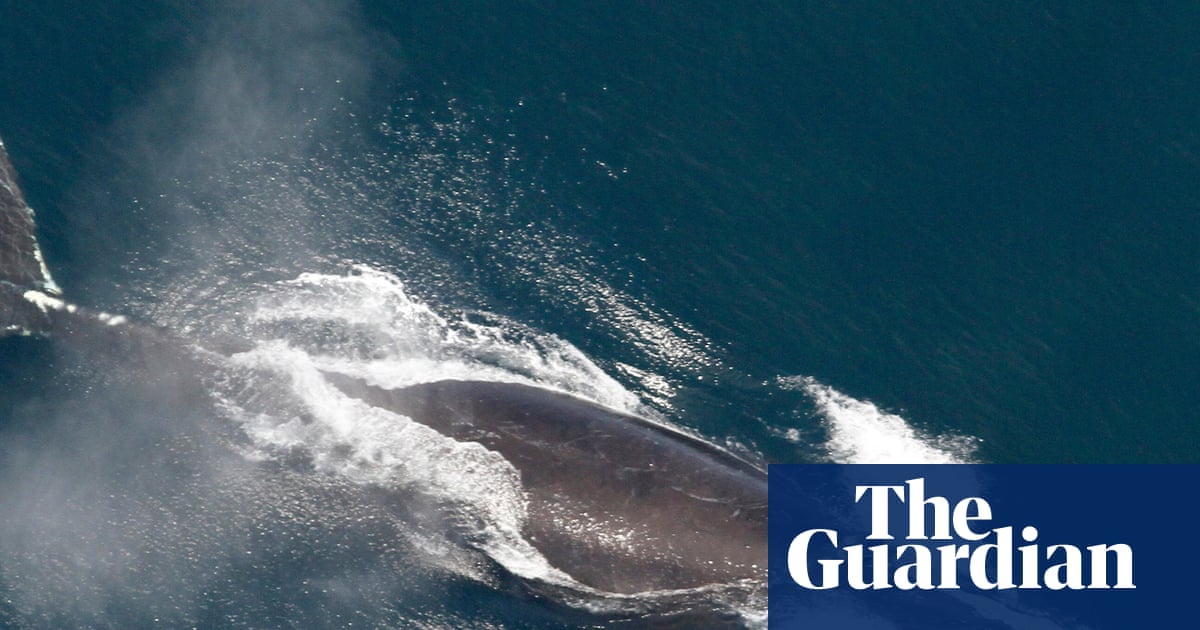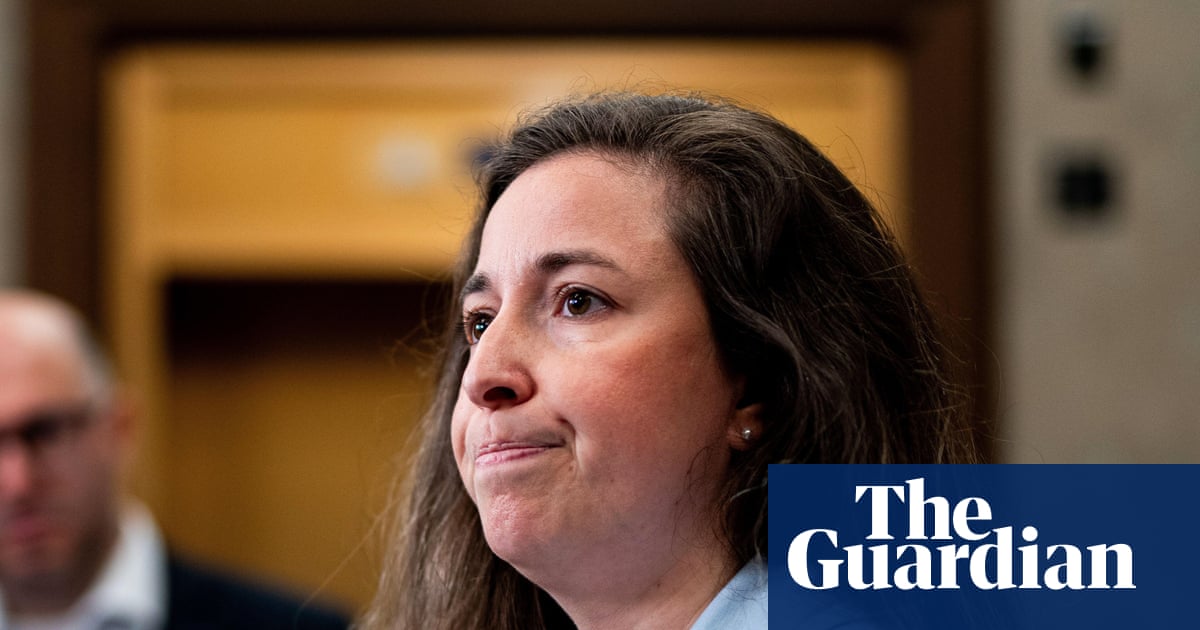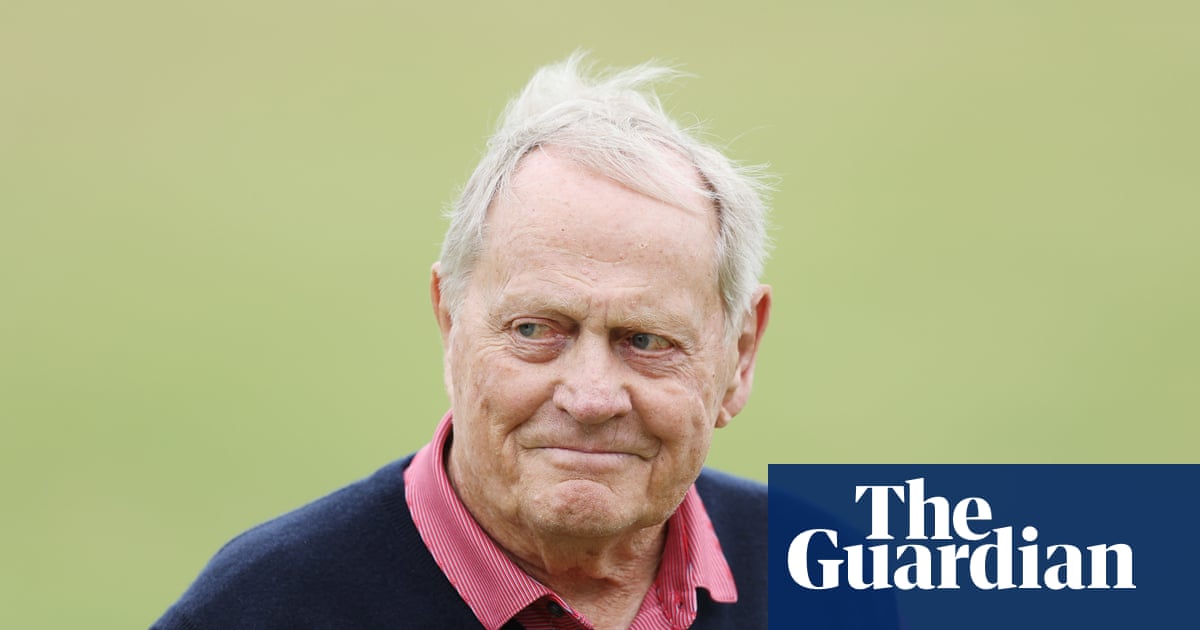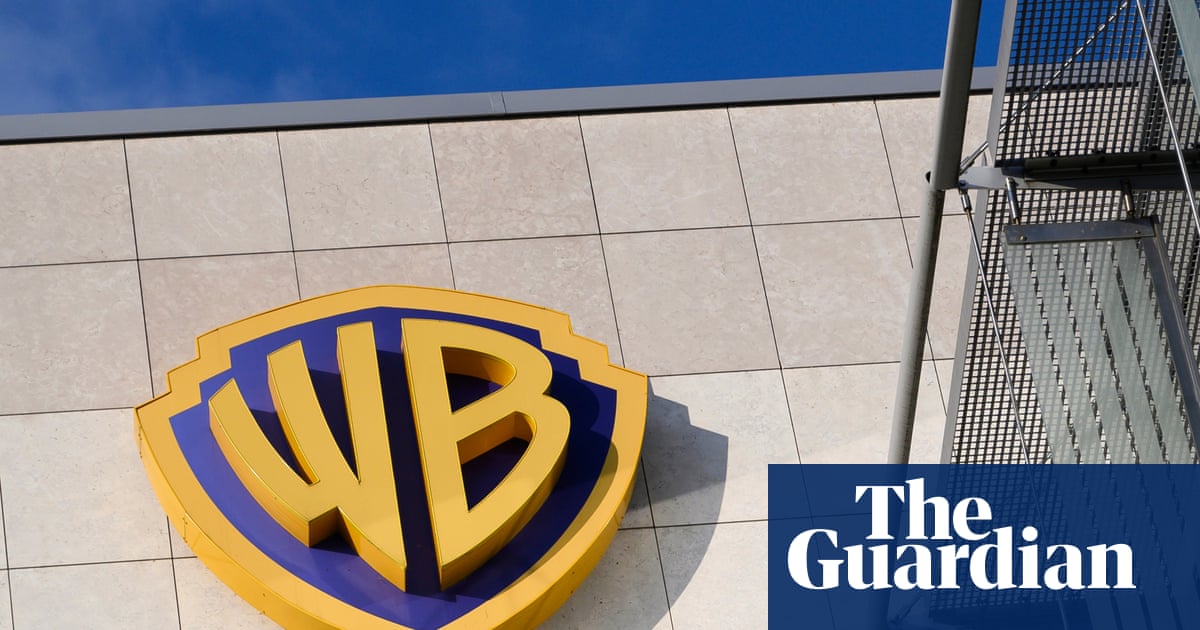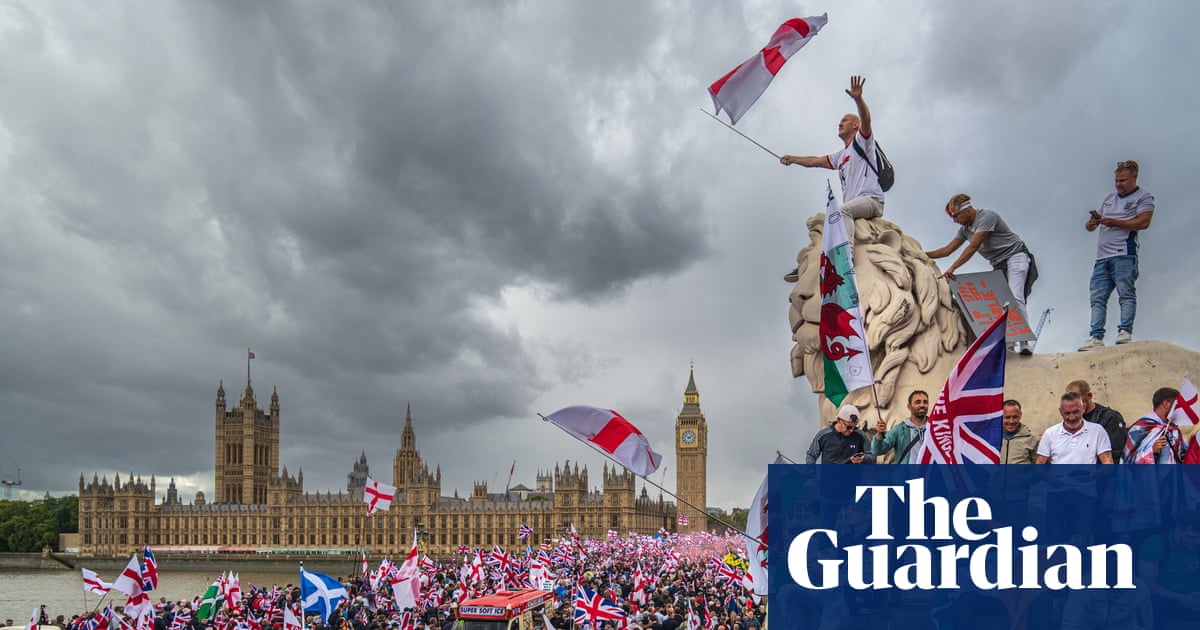The US vice-president, JD Vance, has arrived in Israel to solidify the fragile ceasefire in Gaza, as Hamas officials joined talks in Cairo meant to bridge outstanding differences with Israel.
Vance is expected to stay in the region until Thursday. His visit follows that of the US Middle East envoy, Steve Witkoff, and Jared Kushner, Donald Trump’s son-in-law. Vance met the two men on his arrival and is scheduled to see the Israeli prime minister, Benjamin Netanyahu, on Tuesday night.
The ceasefire has been shaken by repeated violations since it was put in place on 10 October, with Palestinian militants killing two Israeli soldiers and Israel bombing Gaza on Sunday.
The Palestinian news agency said Israel had violated the ceasefire 80 times and killed at least 80 Palestinians in the past 11 days. Israel, in turn, has accused Hamas of delaying the return of hostages’ bodies, which it says is a violation of the ceasefire deal.
Hamas has sent back 13 bodies but needs to hand over 15 more. The militant group said locating the remains would take time as many are buried under rubble.
A senior Israeli official told Reuters that Vance’s visit was aimed at moving Gaza talks to the second phase of the 20-point, US-drafted ceasefire plan. Key sections of the plan – disarming Hamas, and the formation of a technocratic body to oversee the Gaza Strip – are unresolved.
Netanyahu also met the head of Egyptian intelligence, Hassan Rashad, in Jerusalem on Tuesday, where they discussed advancing the ceasefire plan, the Israeli prime minister’s office said. Egypt has been an important mediator and is expected to lead the stabilisation force deployed to Gaza.
In Cairo, Khalil al-Hayya, the exiled head of Hamas, discussed disarmament and the formation of the technical committee to run Gaza once the group relinquishes power. Israeli media reported that Hamas would nominate a number of representatives for the committee, though it is not clear that the Israelis would agree to their inclusion.
Israel also said on Monday that it did not want the reconstruction of Gaza to start until Hamas laid down its arms, to which the militant group has continually objected.
Despite Israel and Hamas accusing the other of not abiding by the ceasefire, both have said they were still committed to the deal.
“From the day we signed the Sharm el-Sheikh agreement, we were determined and committed to seeing it through to the end,” Hayya told Egyptian television late on Monday. He added that the Sharm el-Sheikh summit was an “international will declaring the war in Gaza is over”, and that he had received assurances from Trump and others that fighting was finished.
On Tuesday, Qatar, which with Egypt has acted as a main mediator in ceasefire talks, derided Israel. Sheikh Tamim bin Hamad al-Thani, the emir, said Israel had continually breached the ceasefire in Gaza, and condemned its expansion of settlements in the West Bank. He did not mention allegations that Hamas was involved in Sunday’s attack on Israeli troops, but said Qatar would continue to mediate in ceasefire discussions.
As tensions continued over the ceasefire, officials said aid to Gaza was still far less than what has been promised. Gaza’s media office said only 986 aid trucks had entered the strip since the ceasefire began, a far cry from the 6,600 trucks expected.
The World Food Programme (WFP) echoed the concerns, saying a little under a third of its target amount of food was being brought into the strip daily. “Sustaining the ceasefire is vital; really it’s the only way we can save lives and push back on the famine in the north of Gaza,” Abeer Etefa, the senior WFP Middle East spokesperson, told reporters in Geneva.
Under the first phase of the ceasefire deal, aid is meant to pour into Gaza through all five crossings, but key crossings remain closed, including the Rafah crossing with Egypt, as the dispute over hostage bodies continues.
Palestinians are still being killed by Israeli forces as they cross over the “yellow line” that marks Israeli troop withdrawals. Civil defence officials have said Palestinians have no idea where the line is on the ground. The Israeli military said it had begun to mark the yellow line on Tuesday with large yellow concrete blocks placed every 200 meters.

 3 hours ago
6
3 hours ago
6

